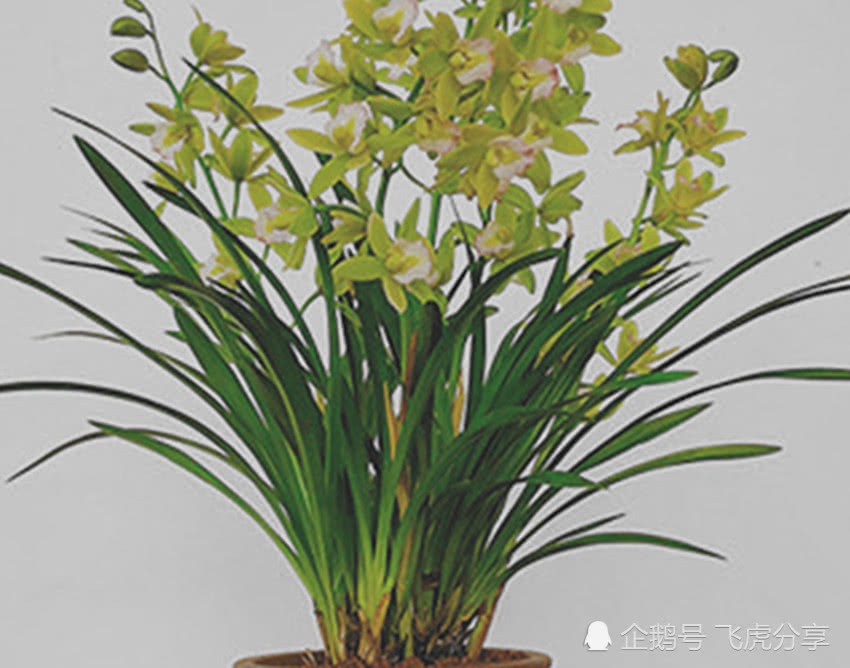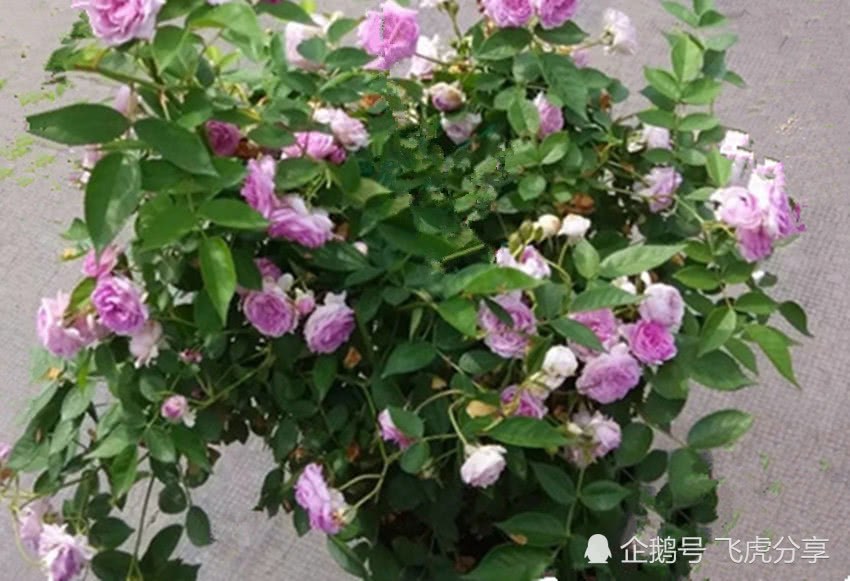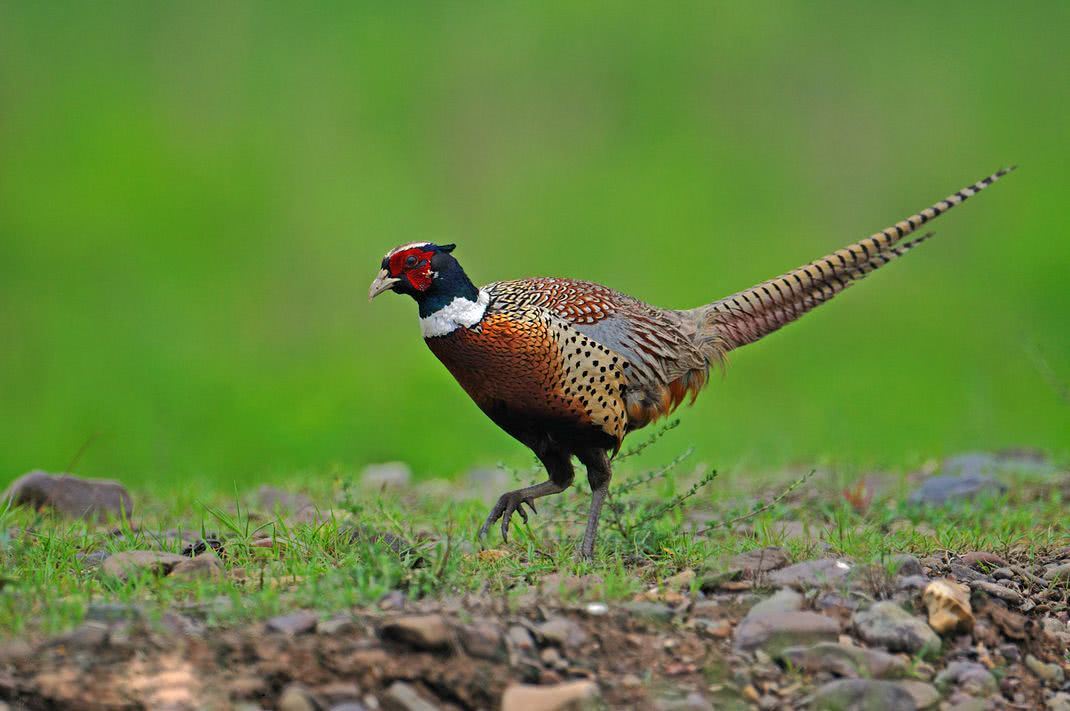If orchids and orchids are to flourish and blossom year after year, it must be done well.

In the cultivation process of orchids and orchids, it is always found that they grow well at the beginning and blossom a lot, but slowly the plants grow more and more slowly, and the flowering decreases gradually, sometimes even without flowering. Why did this happen? In the final analysis, it is caused by the long time of breeding, lack of nutrients, soil consolidation, overdense roots and diseases and insect pests. The only way to do this is to change the basin and soil. However, changing the basin and soil is not a casual change, there is a lot of knowledge, the change can make the plant grow strong, blossom year after year, if not good not only can not promote its growth, but also accelerate its decay and death.
Because of this, family-raised orchids and gentleman orchids must be changed for no more than three years, preferably once every two years. Because two years after the growth of fleshy root flowers such as orchids and gentleman orchids, their roots have grown all over the flowerpot, and the soil in the pot has hardened, the old root and the new root are intertwined, the roots do not get enough nutrition, the branches begin to become thinner, and the leaves begin to turn yellow. Flowering is also less. Changing pots and soil is a work that every flower grower must go through, and it is also a very important work. Therefore, if you want to raise flowers well, you must master the technology of changing soil and changing pots.
Changing pots and soil is generally chosen before May Day in spring, or in autumn, but to avoid summer and winter. Before changing the basin, the soil should be prepared, and the soil should be moist, neither too dry nor too wet. The dry can be mixed with spray water, and the wet can be dried to keep it moist. Do not water the plant a few days before turning the pot, so that it appears a dry state, which is conducive to the de-potting of the plant. Pull and pull gently when you take off the basin, turn the flowerpot with one hand and beat the pot wall with the other, so that the root system in the basin can be loosened. If you can't take it out, you can only smash the pot and take it out.
After the plant is removed, clean up the outer soil, leaving only a small part of the soil in the root system, cutting off too long, too much, rotten root, empty root, shrunken root and diseased root, as well as residual leaves, diseased leaves, yellow leaves and old leaves. If there are too many ramets, ramets should be appropriate. Then sprinkle a little carbendazim and chlorothalonil on the roots, or sprinkle a layer of plant ash around the roots when transplanting. When transplanting, add 1/3 of the old soil to the new soil, which can prevent plant maladaptation and accelerate the growth of orchid bacteria. Do not rush to water after transplanting, wait two days before watering, so that the injured roots can heal quickly, avoid bacterial infection, and make the plant suitable as soon as possible. If you can drill a few holes around the flowerpot before transplanting, you can increase air permeability, avoid stagnant water and prevent rotting roots.
- Prev

After September, keep in mind three things you can't do, or you'll have problems.
Now it has entered September, indicating that autumn has gradually arrived. Although autumn is the peak season for flower growth, the roots of most plants will weaken in autumn, and both the growth ability and the speed will slow down. Therefore, in order to make...
- Next

It is called the king of game. Even Emperor Qianlong likes to eat it. Now it costs 200 yuan each.
With the improvement of people's living standards, people are no longer satisfied with some existing food and begin to look for the original taste. Especially to the rural and mountainous areas, began to look for some wild vegetables, game and so on, wild vegetables, game taste always.
Related
- Wuhan Hospital Iron Tree Blooming Result Was Instantly Frightened by the Gardener Master
- Which variety of camellia is the most fragrant and best? Which one do you like best?
- What is the small blue coat, the breeding methods and matters needing attention of the succulent plant
- Dormancy time and maintenance management of succulent plants during dormancy
- Minas succulent how to raise, Minas succulent plant pictures
- What are the varieties of winter succulent plants
- How to raise succulent plants in twelve rolls? let's take a look at some experience of breeding twelve rolls.
- Attention should be paid to water control for succulent plants during dormant period (winter and summer)
- Watering experience of twelve rolls of succulent plants
- Techniques for fertilizing succulent plants. An article will let you know how to fertilize succulent plants.

